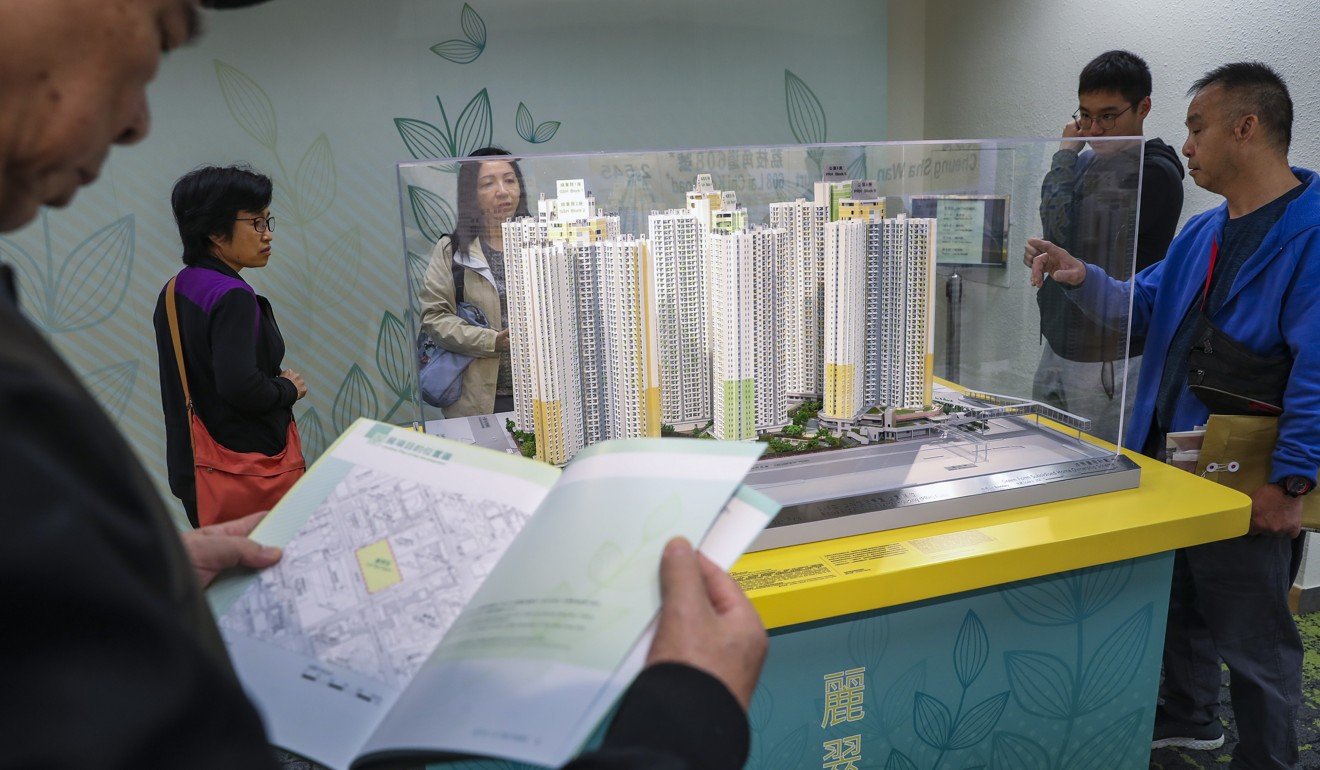
Hong Kong can ease its housing crisis by giving more families a chance to buy public housing flats
- Families owning a home under the Tenants Purchase Scheme have lower divorce and single parent rates and more people living in the same unit than those renting public housing, thus reducing the pressure on the city’s housing stock
But there have been two other important effects. The scheme has also lowered inequality in housing property wealth and promoted family stability.
The scheme has promoted family stability by providing an opportunity for tenants to become homeowners. It has created an economic stake for families to stay together – their jointly owned asset, the value of which appreciates over time. In the case of a divorce, sharing the value of the housing asset becomes less certain.
Unlike Tenants Purchase Scheme homeowners, public rental housing estate tenants suffer very little economic loss in a divorce because they do not jointly own an asset to begin with. Normally, one of the divorced tenants keeps the public rental unit; often the mother who has custody of the children. The other spouse leaves the unit but is free to apply for another one and join the waiting list. The wait is shorter if the applicant remarries and has children in the meantime.
This implies that Tenants Purchase Scheme homeowners have a strong incentive to maintain family stability to avert the economic loss of a divorce. Perversely, public rental housing tenants face no such deterrence. Given this, the current government policy to shift public housing policy towards home ownership and away from rental housing is to be lauded.
The extent of family stability to be gained from home ownership is evident in the census data for residents in Tenants Purchase Scheme and public rental housing units from 2001-16.
Over the four censuses during that period, the average divorce rates for people aged 18 to 54 who had ever been married were uniformly lower in Tenants Purchase Scheme estates than in public rental estates, by 1.3 per cent for men and 2.2 per cent for women. There was also a difference within estates between those who chose to become homeowners and those who decided to remain tenants: the average divorce rates were 3.7 per cent lower for men and 9.2 per cent lower for women among owner households.
The average single parenthood rates in Tenants Purchase Scheme estates have also been lower than those in public rental estates – 0.7 per cent lower for ever-married men aged 18 to 54 and 2.4 per cent lower for women. Within Tenants Purchase Scheme estates, men in owned flats had a 2.1 per cent lower single parenthood rate than tenants, while the rate for women was 8.8 per cent lower.
A final indicator for family stability is the proportion of single men and women aged between 18 and 39 living with parents. A stable environment fosters familial bonding and encourages young single adults to stay with their parents. In Tenants Purchase Scheme estates, the proportion of young men living with their parents is 3 per cent higher than in public rental estates, and for women, it is 4.3 per cent higher. Among Tenants Purchase Scheme residents, in owner versus tenant flats, the figure is 2.4 per cent higher for men and 7.3 per cent higher for women.

Taken together, the census figures provide evidence that the Tenants Purchase Scheme has reduced family instability. But there has been yet another benefit – it has also reduced demand for housing.
The average household size for Tenants Purchase Scheme estates from 2001 to 2016 was 3.2 (four in owner flats), while in public rental housing estates it was 3.
The additional number of individuals accommodated in the larger households of the 39 Tenants Purchase Scheme estates was 23,900 in 2001, 19,300 in 2006, 15,600 in 2011 and 3,500 in 2016. Over the four census years, the average was 15,600. If the Tenants Purchase Scheme was introduced in all 220 public rental housing estates, the total number of people accommodated within the existing stock could be increased by an average of 50,900 people per year. The housing shortage that we are now facing would be less severe.
There would also have been an impact on the average divorce and single parenthood rates. Over the four census years, the Tenants Purchase Scheme estates had 3,400 fewer divorced individuals and 1,700 fewer single parents compared to public rental housing estates.
Richard Wong is professor of economics and Philip Wong Kennedy Wong Professor in political economy at the School of Economics and Finance at the University of Hong Kong


